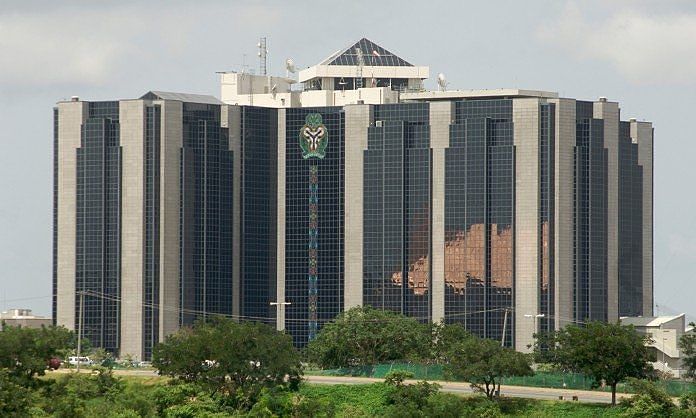This post has already been read 2247 times!
The Central Bank of Nigeria (CBN) sold a total of $10.3 billion at the foreign exchange (FX) market in the first half of last year, the 2020 half-year activity report released by the regulator yesterday has shown.
“In the first half of 2020, the CBN continued with its intervention in the inter-bank foreign exchange market to cushion demand pressures and ensure exchange rate stability. Consequently, a total of $10,308.01 million was sold at the foreign exchange market. This comprised $5,056.55 million at the I & E window, US$1,198.48 million at the inter-bank spot, $570.00 million for SMEs, $312 million for invisibles, while forwards sales were US$3,170.97 million,” the report said.
Within the period, the bank purchased a total of $2.2 billion, putting the net sale value at $8.1 billion. “The sum of $5,425.3 million matured at the forward segment while US$2,504.62 million was outstanding at end-June 2020,” it noted. In the previous corresponding period, a total of $8.5 billion was sold at the FX market. This comprised $2.2 billion sold at the inter-bank spot, $810 million at the SMEs, $550.7 million for invisible financing, $294.6 million sold at the investors’ & exporters’ window. Forwards sales took $4.7 million.
In the first half of 2019, the bank purchased $$9.6 billion, putting the net balance at $1.08 million.
“In the futures market, the sum of $14,332.53 million was traded while $10,832.64 million matured and $13,167.65 million remained outstanding at end-June 2020,” the report also disclosed.
According to the report, the turnover of transactions at the I & E window amounted to $24.69 billion in the first six months of the year compared to $33.21 billion in the corresponding period of 2019. “The decrease in turnover as a result of reduced inflows to the country. Since its introduction in April 2017, the turnover of transactions amounted to $173.41 billion at end-June 2020,” it noted
The report added that in the first half of 2020, the foreign exchange market witnessed reduced foreign exchange inflows and increased demand pressures. This, it said, was largely attributed to the drastic decline in crude oil price.
“In the first quarter of 2020, money market interest rates trended within the lower band of the MPR. This signified liquidity stability in the market, resulting mainly from the fiscal operations of the Federal Government, effects of the Loan to Deposit Ratio (LDR) policy, the Standing Deposit Facility (SDF) policy on placement limits on remunerable deposits, settlement for foreign exchange interventions, Open Market Operations (OMO) maturities and reduced frequency of auctions,” the apex bank noted.



